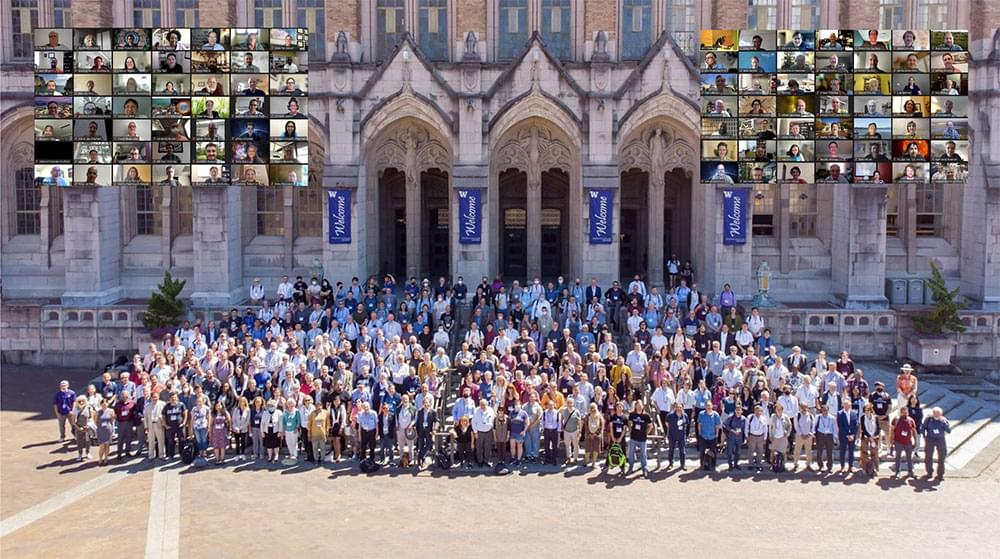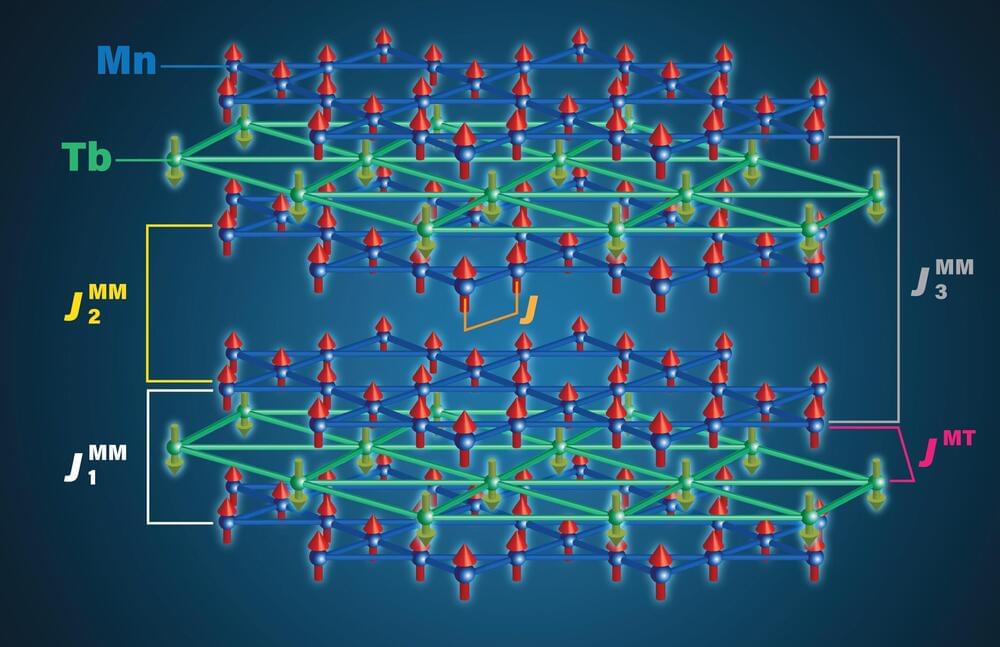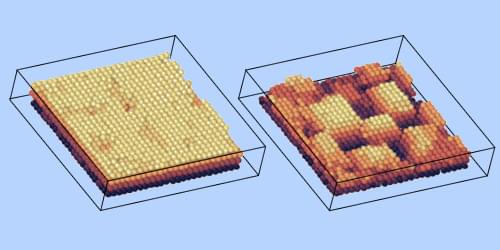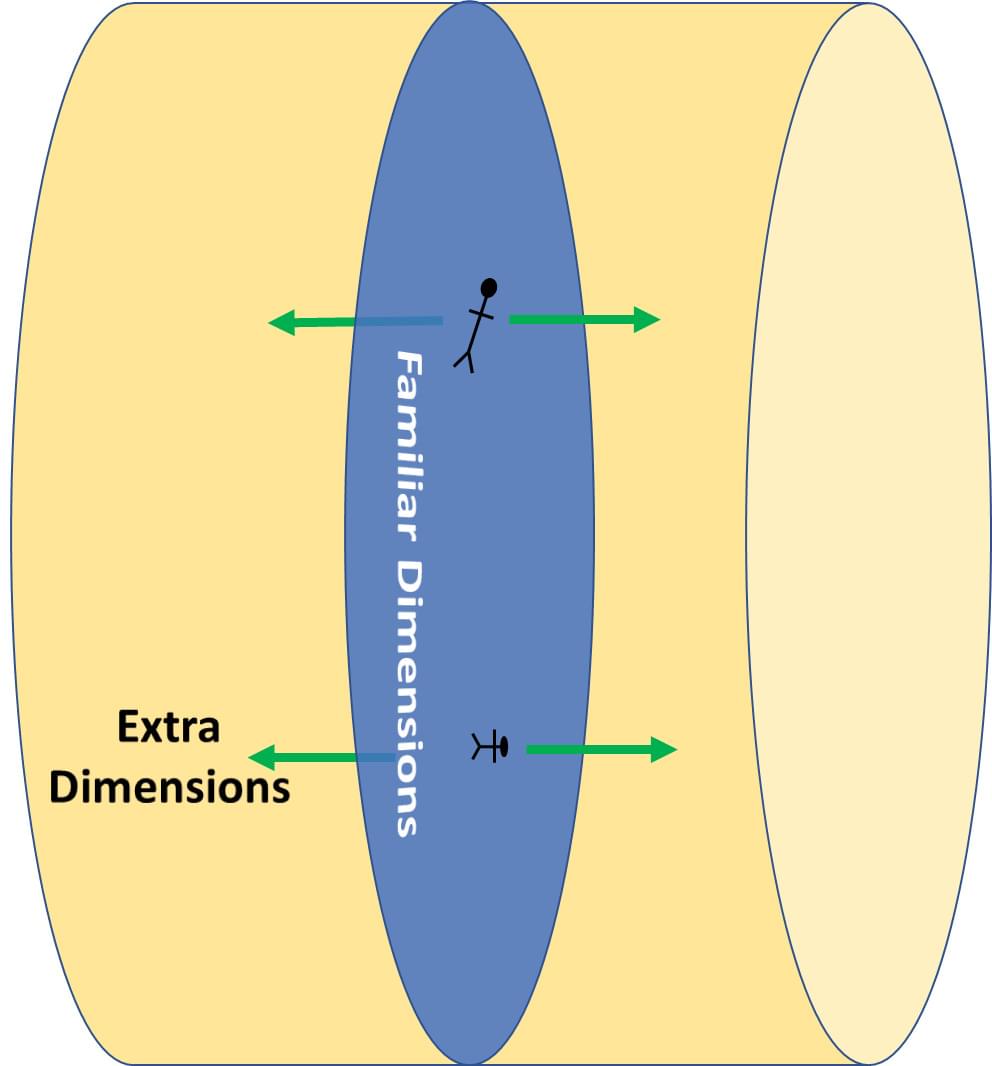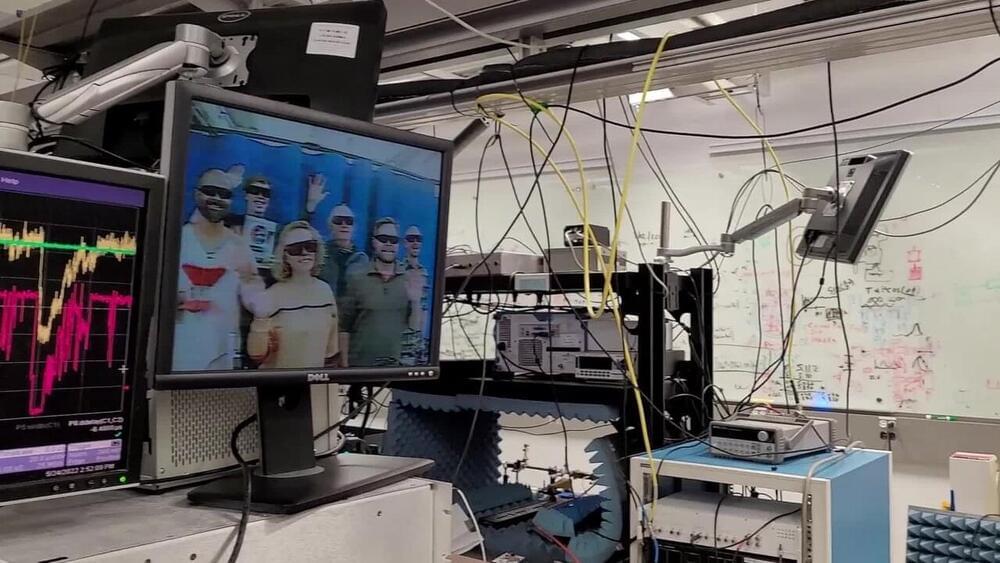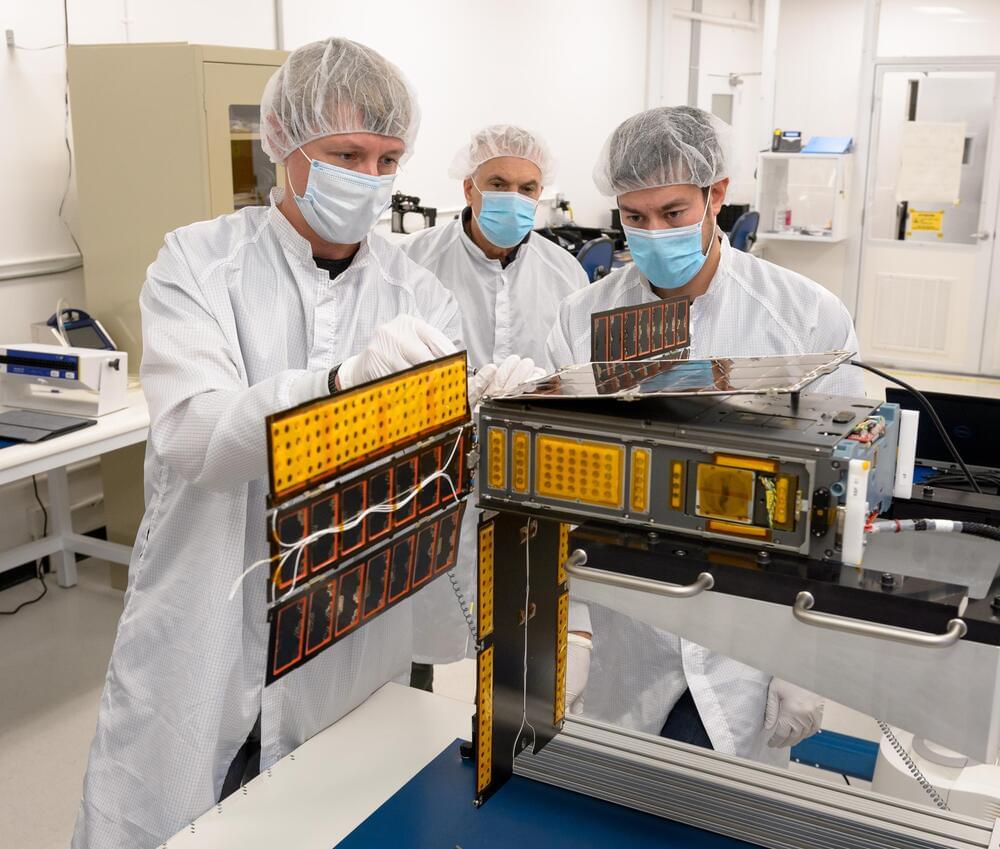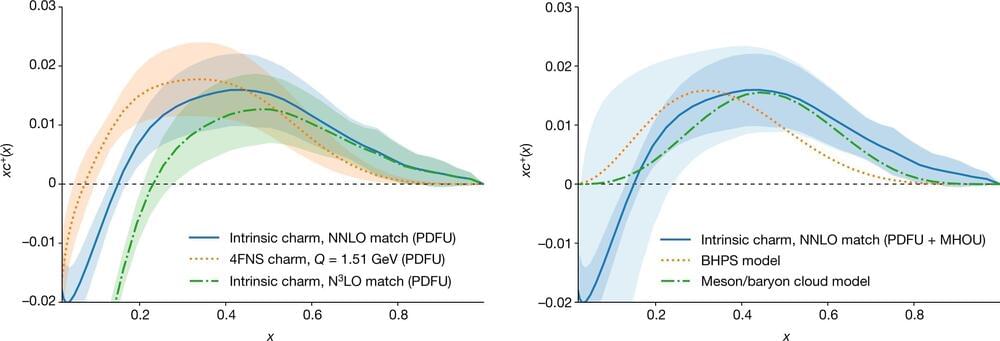
A team of researchers with The NNPDF Collaboration has found new evidence to support the theory of “intrinsic” charm quarks. In their paper published in the journal Nature, the group describes how they used a machine learning model to develop a proton structure and then used it to compare against results from real-world collisions in particle accelerators and what they learned by doing so. Ramona Vogt, with Lawrence Livermore National Laboratory has published a News & Views piece in the same journal issue outlining the work by the team on this new effort. Nature has also published a podcast where Nick Petrić Howe and Benjamin Thompson discuss the work done by the team.
Prior research involving the use of particle accelerators has suggested that protons contain quarks that are held together by gluons. A reasonable amount of evidence has also shown that there are at least two up quarks and one down quark. There have also been theories suggesting that there is another, the so-called charm quark, but little real evidence of them exists. That might be changing, however, as the researchers on this new effort have used a new approach to “prove” that they exist.
They have found evidence of one small part (0.5%) of a proton’s momentum coming from a charm quark. The researchers found this new evidence by using a machine learning model to build a hypothetical proton structure, including different flavors of quarks, and of course the elusive charm quark. They then ran their model and compared characteristics of the model with real-world data that has been observed from over 500,000 collisions in accelerators over the last decade.
